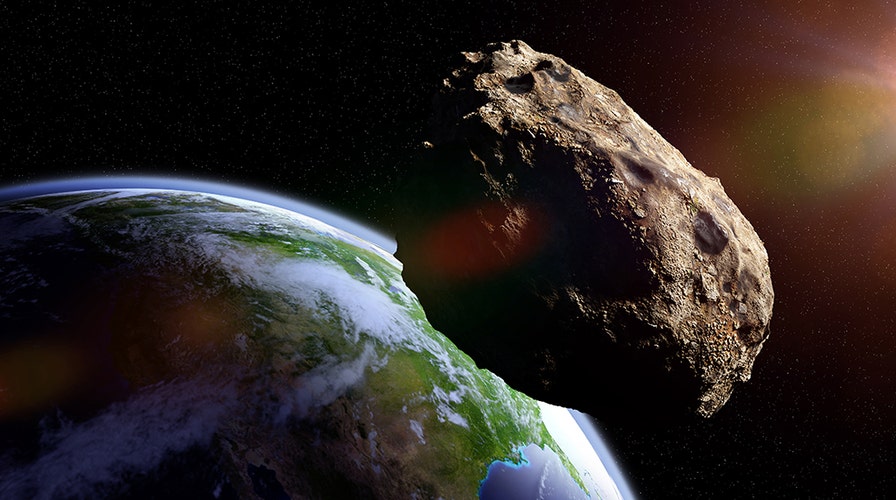Fox News Flash top headlines for Jan. 13
Fox News Flash top headlines for Jan. 13 are here. Check out what's clicking on Foxnews.com
A meteorite that fell 50 years ago in Australia contains stardust that formed 5 to 7 billion years ago -- the oldest solid material ever found on Earth -- scientists say.
When stars die after millions or billions of years, their particles end up in outer space -- eventually forming new stars as well as moons or meteorites. A group of researchers led by Philipp Heck at the Field Museum in Chicago examinded what are known as "presolar grains," or minerals formed before the sun was born.
Those tiny pieces of stardust get trapped in meteorites where they remain essentially frozen in time, providing scientists with a window into the most distant past possible.
"They're solid samples of stars, real stardust," said Heck, an associate professor at the University of Chicago, in a statement.
NASA CAPTURES BREATHTAKING IMAGE OF NACREOUS CLOUDS OVER SWEDEN

Dust-rich outflows of evolved stars similar to the pictured Egg Nebula are plausible sources of the large presolar silicon carbide grains found in meteorites like Murchison. (Image courtesy NASA, W. Sparks (STScI) and R. Sahai (JPL). Inset: SiC grain with ~8 micrometers in its longest dimension. Inset image courtesy of Janaína N. Ávila.)
'HESLINGTON BRAIN' RESISTED ROTTING FOR 2,600 YEARS. NOW SCIENTISTS KNOW WHY
Researchers were able to isolate the presolar grains and use "exposure age data" to determine the age of the grains.
Some of the grains were older than our sun, which is 4.6 billion years old, and our planet, which is 4.5 billion years old.
Scientists believe these discoveries will help to improve our knowledge of the galaxy and how it developed.
"It's so exciting to look at the history of our galaxy. Stardust is the oldest material to reach Earth, and from it, we can learn about our parent stars, the origin of the carbon in our bodies, the origin of the oxygen we breathe," explained Heck. "With stardust, we can trace that material back to the time before the Sun."
"It's the next best thing to being able to take a sample directly from a star," added Jennika Greer, a co-author of the study and graduate student at the Field Museum and the University of Chicago, in a statement.
